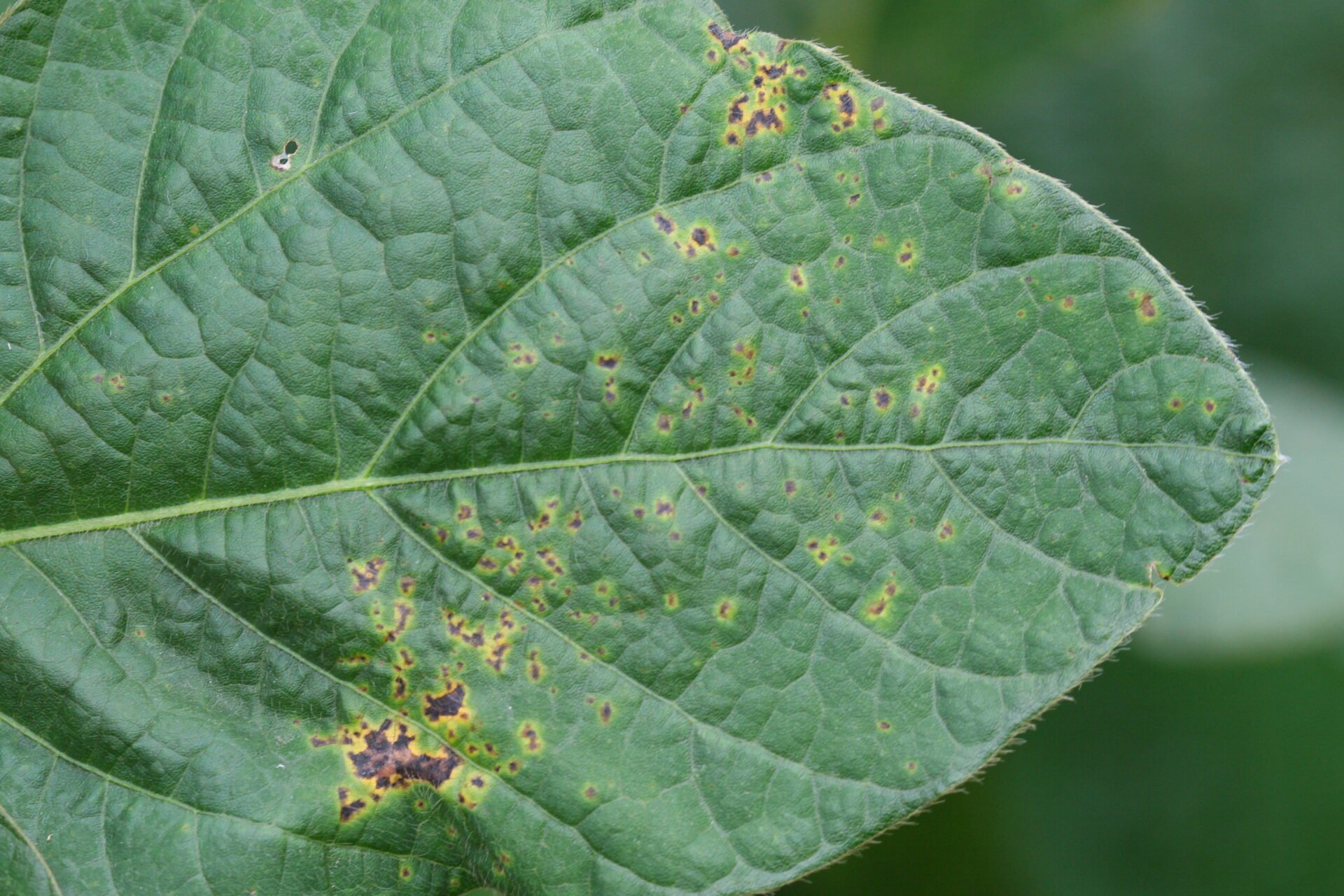

vulgaris L., and it also infects other Phaseolus species of the secondary and tertiary gene pools, such as tepary bean ( Phaseolus acutifolis) and runner bean ( Phaseolus coccineus) ( Singh and Miklas, 2015). The primary host of the CBB pathogen is P. Although both bacterial strains can produce the same disease characteristics and cause similar damage to plants, studies have shown that Xap is a major endemic disease in China ( Xu et al., 2013). The pathogenic bacterium Xff can be easily identified as it can produce a brown pigment in milk Tween (MT) agar medium ( Sheppard et al., 2007). phaseoli ( Xap) and Xanthomonas fuscans subsp. Thus, improving horizontal resistance to CBB in common bean is a major goal of breeders worldwide.ĬBB is a seed-borne disease caused by Xanthomonas axonopodis pv. However, the low to moderate levels of resistance to common bacterial blight (CBB) in common bean have resulted in its yield and quality being severely damaged by CBB, a major yield-limiting factor that is widespread globally ( Duncan et al., 2011 Viteri and Singh, 2014). Moreover, studies have shown that common bean is effective in the prevention and control of many diseases, such as diabetes and obesity, due to the presence of nutrients such as thiamin, folic acid and many phenolic compounds ( Celleno et al., 2007 Castro-Guerrero et al., 2016 Thompson et al., 2017 Chen et al., 2019). It provides valuable sources of protein, vitamins, and minerals that improve its dietary status and nutritional composition for human consumption, directly or indirectly ( Kalavacharla et al., 2011). The expression patterns of 20 DEGs were determined by quantitative real-time PCR (qRT-PCR) and confirmed the reliability of the RNA-seq results.Ĭommon bean ( Phaseolus vulgaris L.), a legume that originated in the Americas, belongs to the Fabaceae family and is one of the most important edible legumes in the world ( Schmutz et al., 2014 Brouwer et al., 2016 Rendón-Anaya et al., 2017).

By combining differential expression analysis and WGCNA, 139 DEGs were identified as core resistance-responsive genes, including 18 genes encoding resistance (R) proteins, 19 genes belonging to transcription factor families, 63 genes encoding proteins with oxidoreductase activity, and 33 plant hormone signal transduction-related genes, which play important roles in the resistance to pathogen infection.

Weighted gene coexpression network analysis (WGCNA) was also performed to identify three modules highly correlated with Xap resistance, in which 334 DEGs were likely involved in Xap resistance. Differentially expressed gene (DEG) analysis showed that 1,688 DEGs responded to pathogen infection in the three genotypes. A total of 1,146,009,876 high-quality clean reads were obtained. To identify candidate genes related to Xap resistance, transcriptomic analysis was performed to compare gene expression levels with Xap inoculation at 0, 24, and 48 h post inoculation (hpi) among the three genotypes. The tepary bean genotype PI 319443 displays high resistance to Xap, and the common bean genotypes HR45 and Bilu display high resistance and susceptibility to Xap, respectively. phaseoli ( Xap), is one of the most destructive diseases of common bean ( Phaseolus vulgaris L.). Institute of Crop Sciences, Chinese Academy of Agricultural Sciences, Beijing, ChinaĬommon bean blight (CBB), primarily caused by Xanthomonas axonopodis pv.Penghui Yang Yujie Chang Lanfen Wang Shumin Wang Jing Wu *


 0 kommentar(er)
0 kommentar(er)
